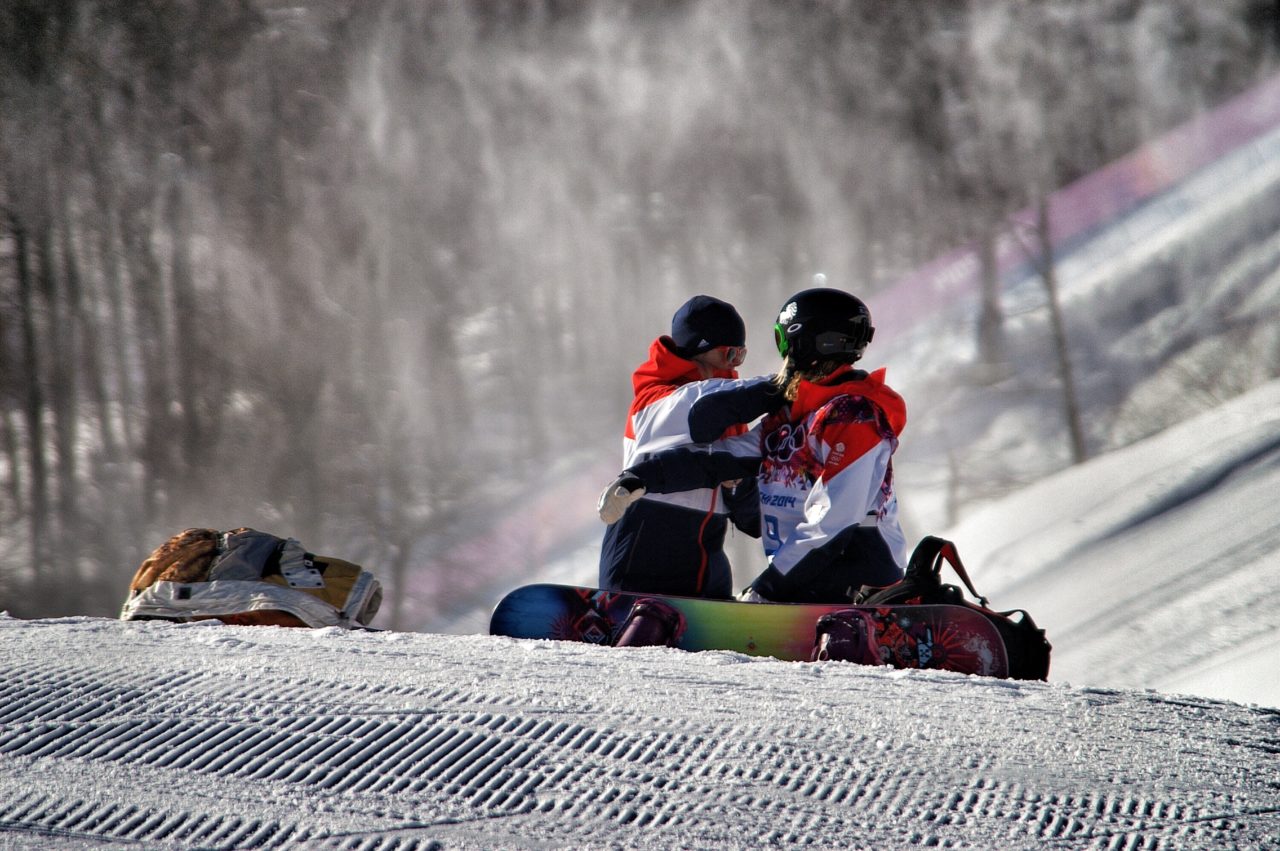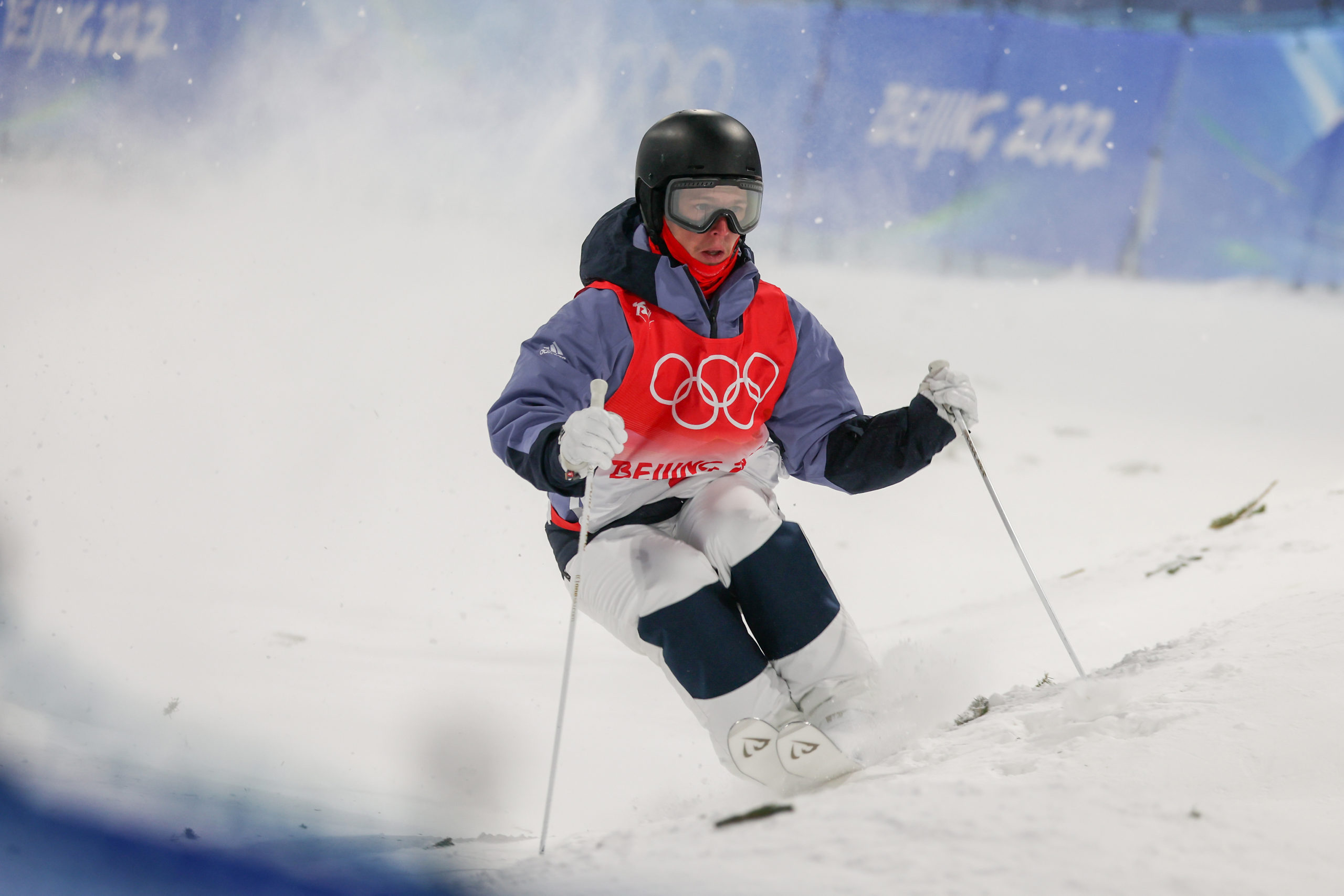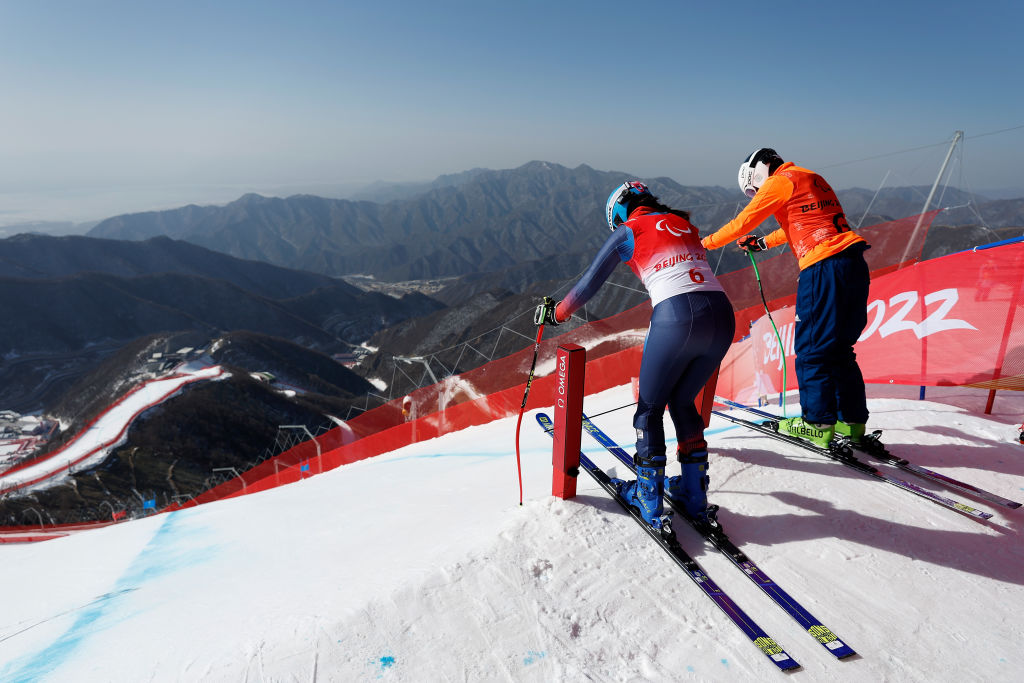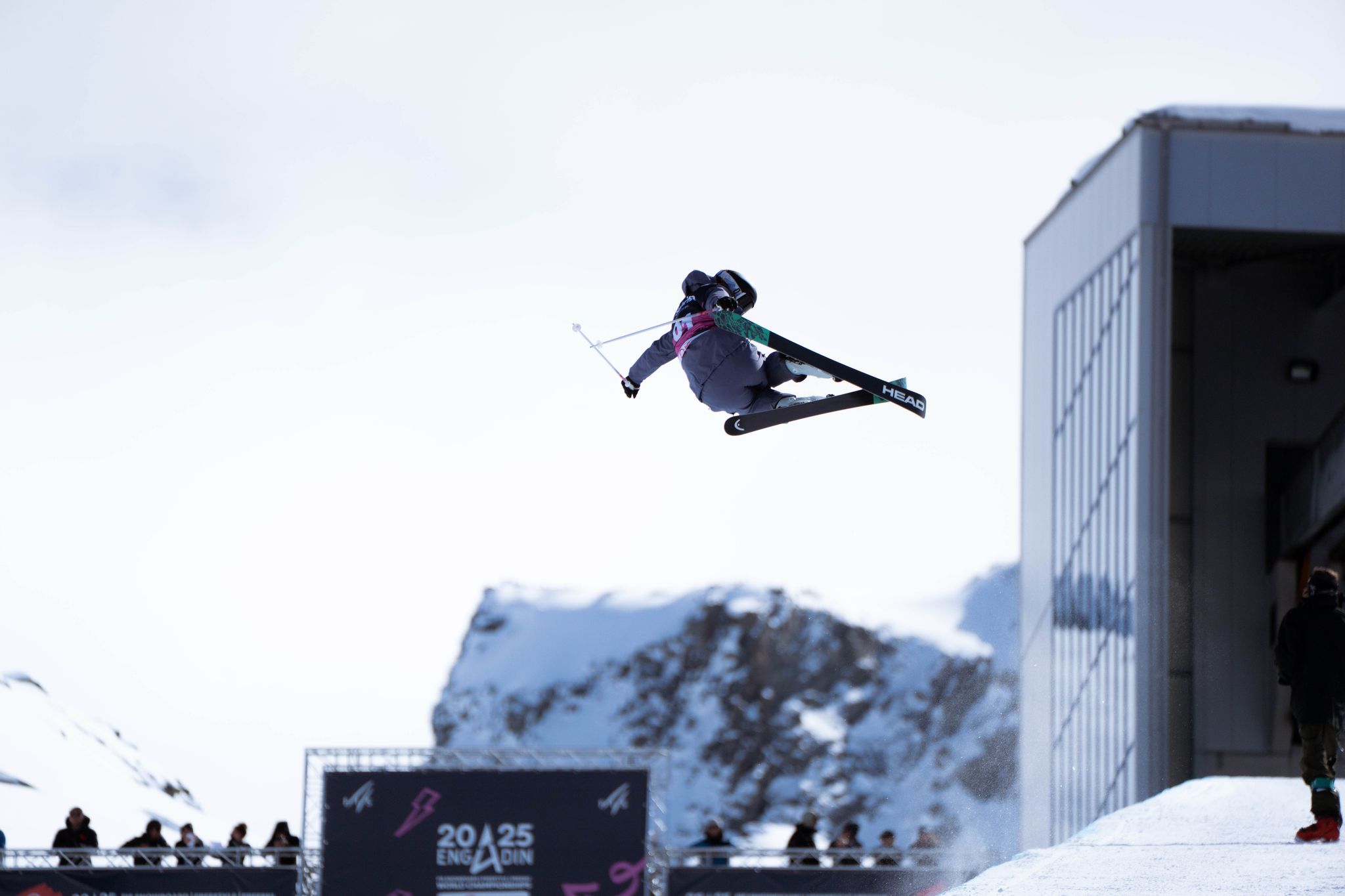
Making sure the athletes are well looked after extends across the whole performance team, no least to Ali Robb, Lead Physio for Ski and Snowboard Slopestyle, Big Air and Half-Pipe. Ali is an expert in the field of Physiotherapy with an impressive career in snowsport, so we know our freestyle athletes are in good hands.
What’s your background with physiotherapy?
“I was introduced to physiotherapy in my late teens due to suffering a hamstring injury which put me out of training and competing in my sport. I thought it would be a really interesting and rewarding job helping others in a similar position to get back to full fitness. I got the entrance qualifications and went straight from school to train in Aberdeen to become a Chartered Physiotherapist.
“I am lucky enough to have worked in snow-sport in some capacity for most of my career. I started working with the National alpine teams on a voluntary basis, expenses paid only, and I did this part-time for 5 years. I worked for over 10 years with the Ski rescue patrol in Cairngorm and a winter season doing the same in New Zealand. Working also in physio clinics, immersed me in the world of snowsport injuries, and gave me experiences that have been invaluable in my career. With the introduction of the National Lottery in the 90s and the creation of the National Institutes of Sport, there was injection of money to develop high performance sport, snowsport being one of those supported. I began working with half-pipe snowboard in 2002 and have supported Snowboard and then Freeski since then at numerous training camps and world events including three Olympic Winter Games, allowing me to meet and learn from many knowledgeable people along the way.

“Working in sport it is important to have a good knowledge and skill set to diagnose and treat injuries effectively. Having a good understanding of the demands the sport places on the body physically, physiologically and mentally is crucial in order to build preventative and rehabilitation programmes. Understanding the culture of the sport you are working in is of equal importance in order to build good working relationships with athletes and coaches and to allow you to be effective in your role.”
What are your main activities as a physiotherapist? How do you support the athletes and help them reach their goals?
“I am lead physio for Ski/Snowboard Slopestyle, Big Air and Half-Pipe. Prevention of injuries is our biggest and most important challenge. Every spring we profile the athletes and from this establish baselines, strengths and weaknesses and athlete programmes are made from the findings and then periodically re-assessed and adjusted as necessary. I work closely with the acrobatic/gymnastic coach and the strength and conditioning coaches. Regular communication between us and the athletes is key.

“I also (in a normal year) travel to many training camps and competitions, and where I cannot go, myself and the team managers organise other physiotherapy support for the athletes and I communicate closely with that physio so that important information is shared. Over the years I have been able to develop quite a network around the world, a couple of which we use regularly and have proved to be invaluable! The best scenario is that we as physios help prepare the athletes to be as physically ready as they can be, to enjoy a good session of training or competing. Often there are small aches and pains that we can help ease and manage with treatment and further injury is prevented. Occasionally, larger injuries occur and in these circumstances we are there to help make sure the athlete is evacuated safely from the mountain and that appropriate investigations are carried out and the injury is managed in a way to achieve the best outcome. This usually involves communication with the coaches, team Doctor, insurance companies, and families. With the more complicated injuries which require operations and rehabilitation back in the UK, I communicate closely with the athlete and team Doctor and we endeavour to set up the best surgeon and rehabilitation package to suit the injury and the individual needs of the athlete. I remain in close contact with the rehab team involved in the recovery process through the whole period of rehabilitation. Individual programmes are built and targets are set through all the stages of the rehab process until the athlete is ready to return to snow. Returning to snow for an athlete requires monitoring and TLC to some degree as it is impossible to absolutely replicate the forces on land that the athletes experience on snow. This is one of my favourite parts of the job.”
Most common injuries: “Knee injuries, back and neck injuries, concussion, shoulder injuries.”
Best part of my job as a physio: “Working with this team since 2012 I have thoroughly enjoyed supporting the athletes through thick and thin and seeing them grow and develop as people as well as in their sport. Also meeting and talking to really interesting people. I have been able to work in incredibly beautiful mountain environments and ski as part of my job. Very lucky.”
You can follow Ali on Instagram here.
 Share
Share

